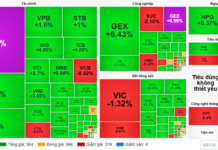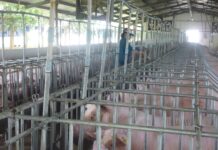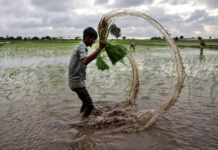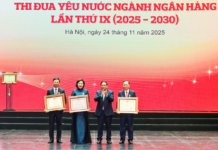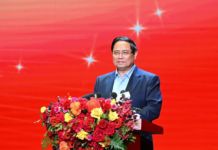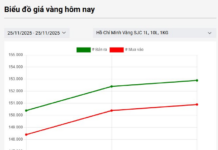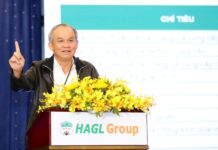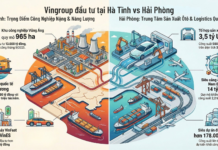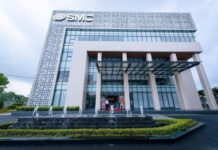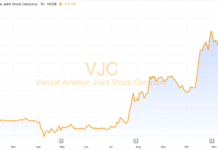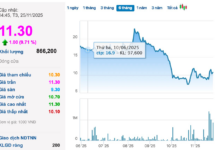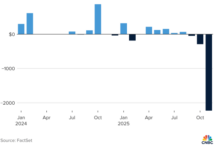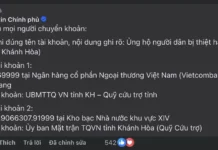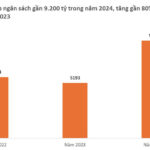This raises the question: Will there be enough E10 gasoline supply to meet the nationwide demand? In the draft circular on the roadmap for blending biofuels, the Ministry of Industry and Trade (MoIT) asserted that Vietnam has sufficient production, import, and blending capacity to meet domestic consumption needs, making it possible to mandate the use of E10 gasoline from January 1, 2026.
According to MoIT’s estimates, the country will require approximately 1.5 million cubic meters of E10 gasoline annually for blending, based on a total gasoline demand of around 15 million cubic meters in 2024.
Vietnam currently has six ethanol (E100) plants with a combined designed capacity of about 600,000 cubic meters per year. Operating at full capacity, these plants can meet about 40% of the ethanol demand for E10 blending. The remaining shortfall, according to the ministry, can be made up through imports from the United States and Brazil, the world’s largest ethanol-producing countries, with receiving channels at major ports such as B12 (Quang Ninh), Nha Be (Ho Chi Minh City), and Van Phong (Khanh Hoa).
Regarding storage and blending infrastructure for biofuels, MoIT stated that the Vietnam National Petroleum Group (Petrolimex) and the Vietnam Oil Corporation (PVOIL) have capacities that exceed the required demand. Other enterprises, such as BSR (Dung Quat), and Saigon Petro, have also prepared the necessary infrastructure and are capable of participating in the blending process.
“Considering the production, import, and blending capabilities, Vietnam is entirely capable of mandating the use of E10 from January 1, 2026,” affirmed the MoIT.
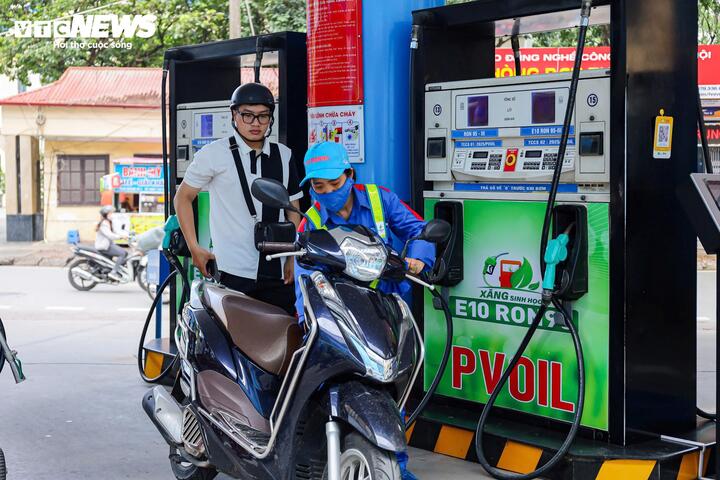
Proposal to sell only E10 biofuel from 2026. (Photo: Minh Duc)
Based on the above, MoIT proposed that from 2026, all traditional mineral gasoline (RON92, RON95, and other mineral types) must be blended with E100 to produce E10 biofuel for nationwide use in motor vehicles with gasoline engines.
From January 1, 2031 (phase 2), MoIT suggested that all gasoline blended, formulated, and traded for use in motor vehicles with gasoline engines nationwide should be E15 (with an ethanol content of 14-15%) or biofuels with other blending ratios as stipulated by the Minister of Industry and Trade, taking into account the development of motor vehicles, socio-economic conditions, and the production and import situation of biofuels and biofuels.
During the transitional period, organizations and individuals are encouraged to participate in the production, blending, trading, and use of diesel B5 and B10.
MoIT argued that in the context of Vietnam’s gradual shift towards a greener and more sustainable direction, E10 biofuel is an effective energy transition solution, in line with the country’s context and resources, and in tune with international trends.
In addition to environmental benefits, increasing the use of biofuels can help revive the operations of idle biofuel production plants due to a lack of consumption. This contributes to preventing investment waste and developing raw material regions (cassava, corn), creating jobs for a large number of workers in the midlands and mountainous areas.
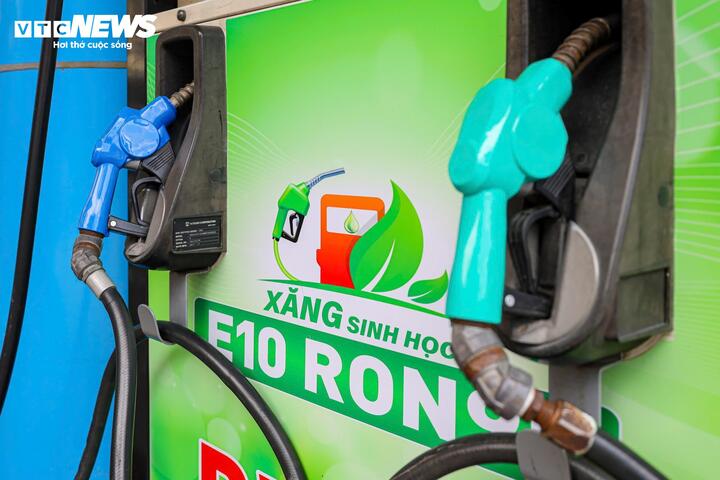
E10 gasoline is gradually being accepted by consumers. (Photo: Minh Duc)
In the context of global trade competition, increasing the use of biofuels also creates market space for ethanol imports, particularly from the United States, and is one of the quick and effective solutions to increase imports from this country, moving towards trade balance.
In reality, Vietnam has previously implemented the use of E5 and E10 biofuels, and since 2018, completely stopped the sale of RON92 mineral gasoline. However, the consumption of E5 RON92 did not meet expectations.
MoIT attributed this to several factors, including the challenges in storing biofuels due to their propensity to absorb water and evaporate, insufficient tax and fee policies to create a price difference that encourages consumption, inadequate communication to dispel concerns about potential engine damage, and a lack of supervision and enforcement.
Based on these realities, MoIT proposed a new and more comprehensive roadmap for E10 gasoline. This includes infrastructure for ethanol blending at central warehouses and oil refineries, upgrading transportation and storage systems for biofuels at retail outlets, and carefully formulating national standards for E10, E15, ethanol fuel, and biodiesel to ensure a smooth transition to the circulation of E10 gasoline.
The IFC Decree Draft: Exploring Benefits, Risks, and the Balance Equation
The International Finance Centre (IFC) in Vietnam is at a pivotal moment with the impending issuance of the framework decree. While the expectation is to attract larger inflows of foreign capital, the key mechanism to retain investors remains a crucial question. The delicate balance between incentives, transparency, and risk governance will ultimately determine the true allure of the IFC.
Agribank: A Leading Contributor to Vietnam’s National Budget for Sustainable Development
Let me know if you would like me to make any adjustments or provide additional content related to this topic.
As a leading force in the financial market, the Vietnam Bank for Agriculture and Rural Development (Agribank) has not only solidified its position as a top contributor to the national budget but has also played a pivotal role in fostering economic and social development, particularly in the “Three Agricultures” – agriculture, rural areas, and farmers.

